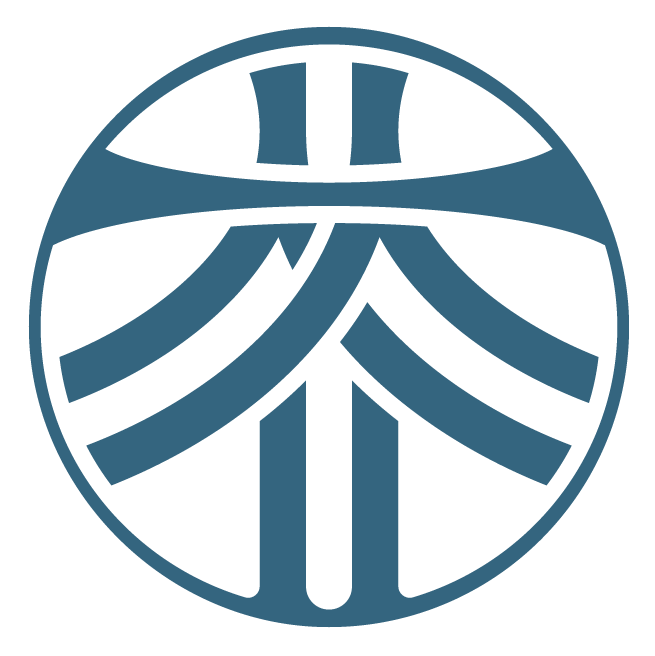Understanding Varicose Vein Stages: From Mild Twists to Serious Trouble
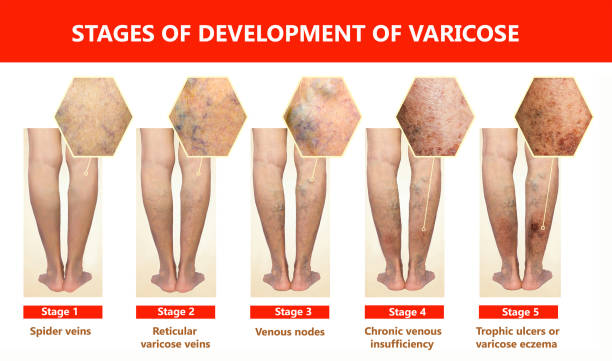
Varicose veins often start subtly with mild leg heaviness or faint, twisting veins that are easy to overlook. However, if left untreated, they can progress to bulging veins, skin changes, and even venous ulcers. Early recognition and proper treatment are key to preventing serious complications.
Best Treatment for Spider Veins: Comparing Natural and Over-The-Counter Options
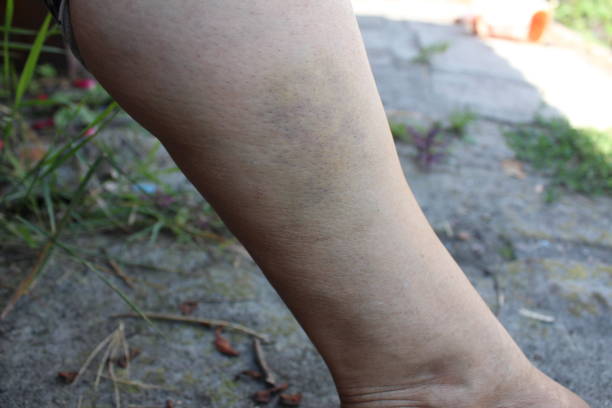
Spider veins can be managed with natural remedies like exercise, diet changes, and compression stockings, or over-the-counter treatments such as retinol creams and vitamin K. For long-term results, consulting a vascular specialist for treatments like sclerotherapy or radiofrequency ablation is recommended.
Why are my legs turning Brown? Frequently Asked Questions about Leg Discoloration
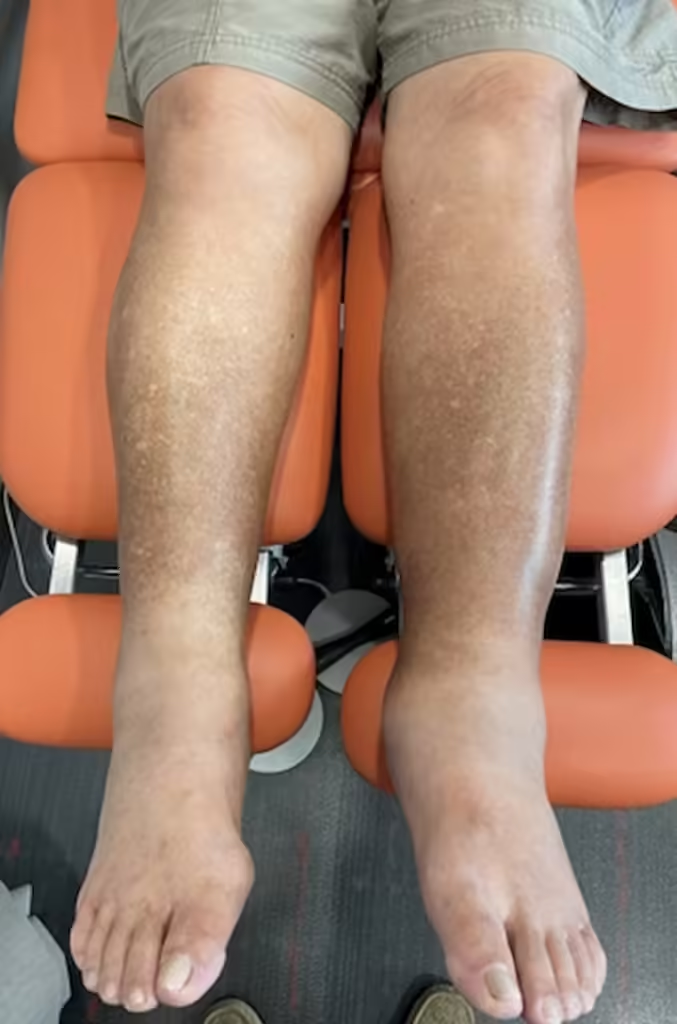
Leg discoloration, often seen as brown or reddish spots, can be caused by conditions like diabetes, chronic venous insufficiency, or peripheral vascular disease. Learn more about potential causes, symptoms, and treatments for leg discoloration.
Why Do My Legs Feel Heavy? Signs of Poor Circulation & When to See a Doctor
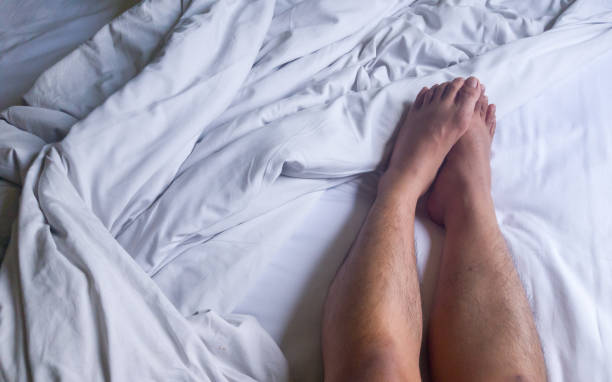
The short answer: Heavy legs are often a sign of poor circulation — and could be linked to varicose veins or underlying vein disease.
A Comprehensive Guide to Varicose Vein Treatment
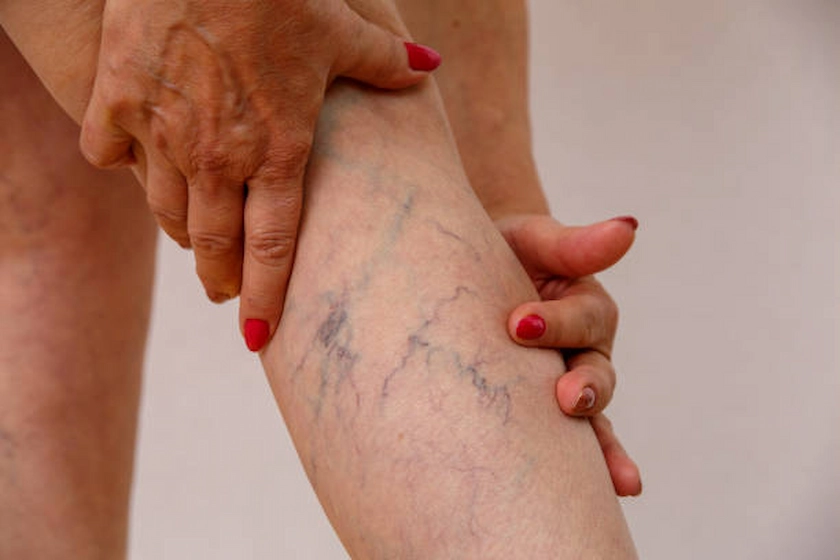
Varicose veins develop when the valves inside them don’t work properly, causing blood to pool instead of flowing smoothly back to the heart. Luckily, there are many effective, minimally invasive treatments available today, such as Endovenous Radiofrequency Ablation (RFA) and Clarivein Mechanochemical Ablation (MOCA).
